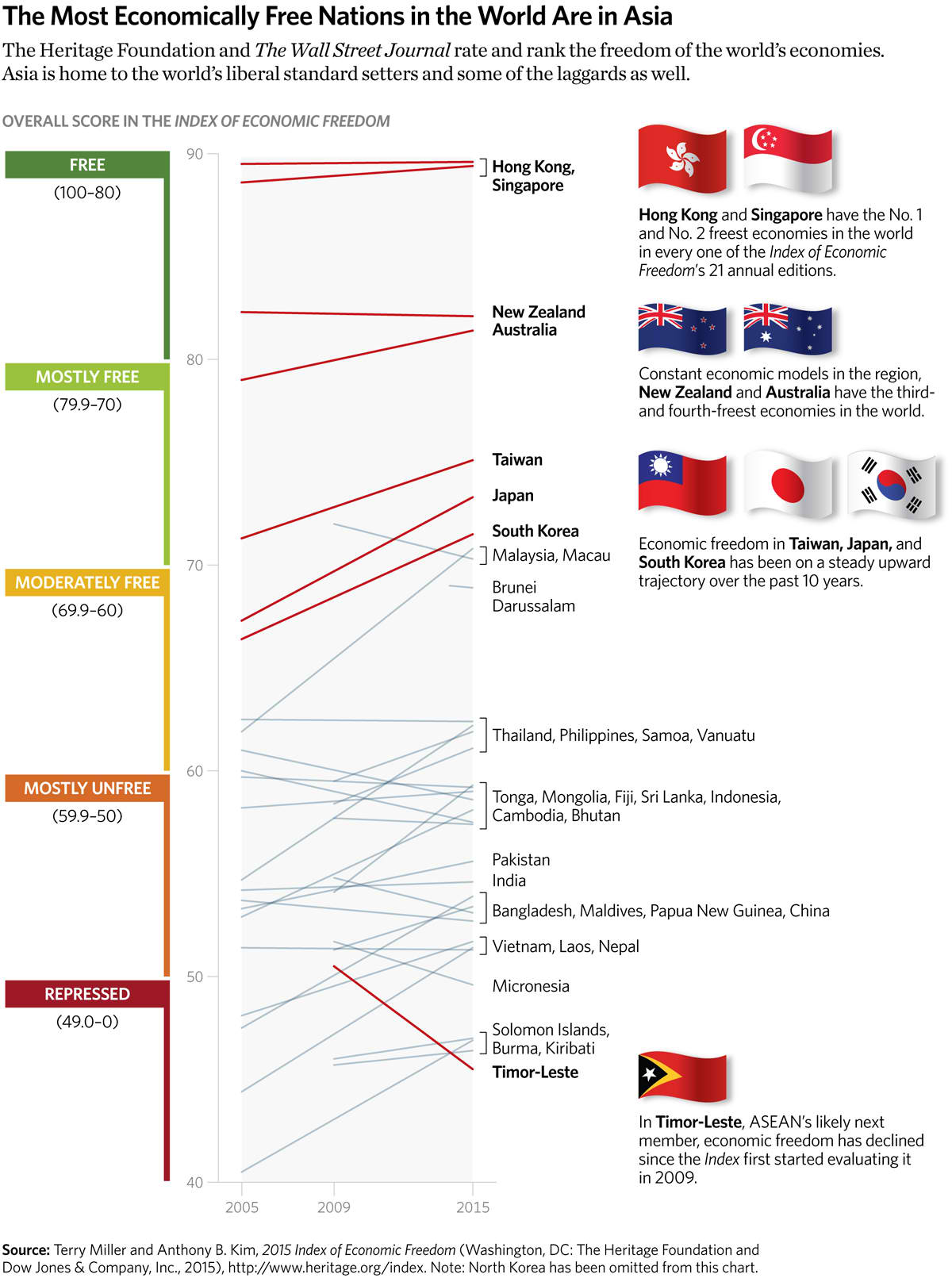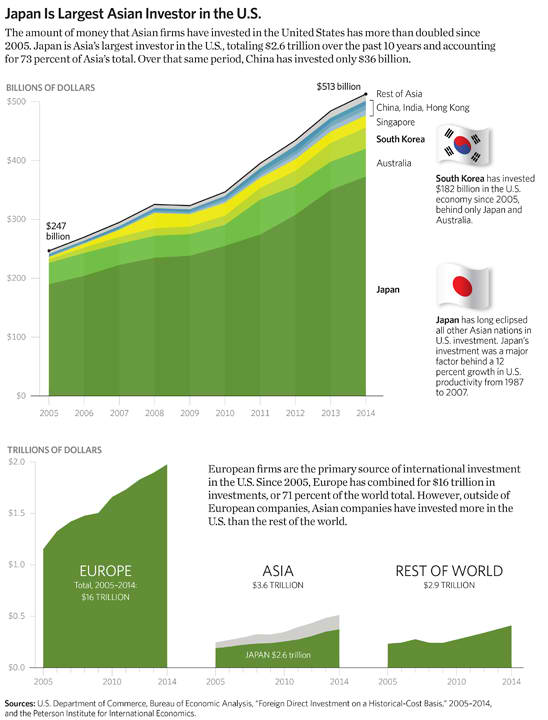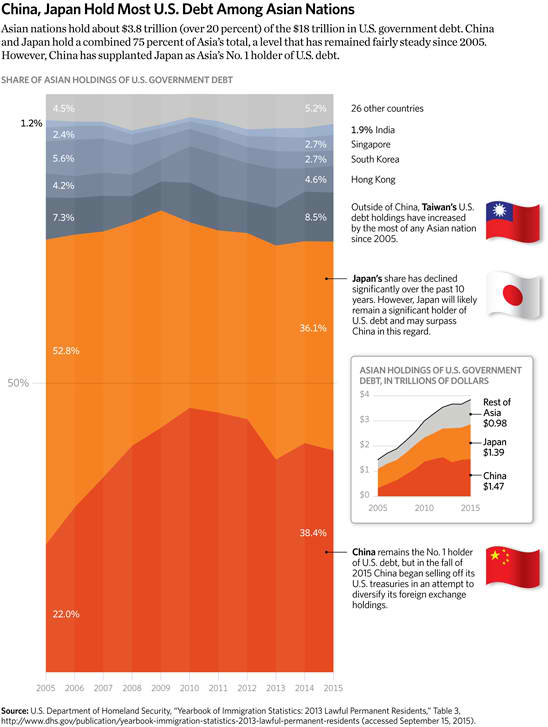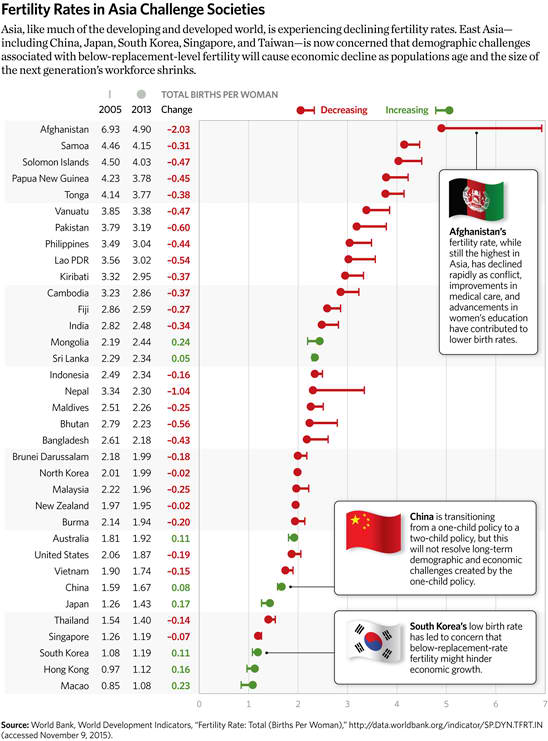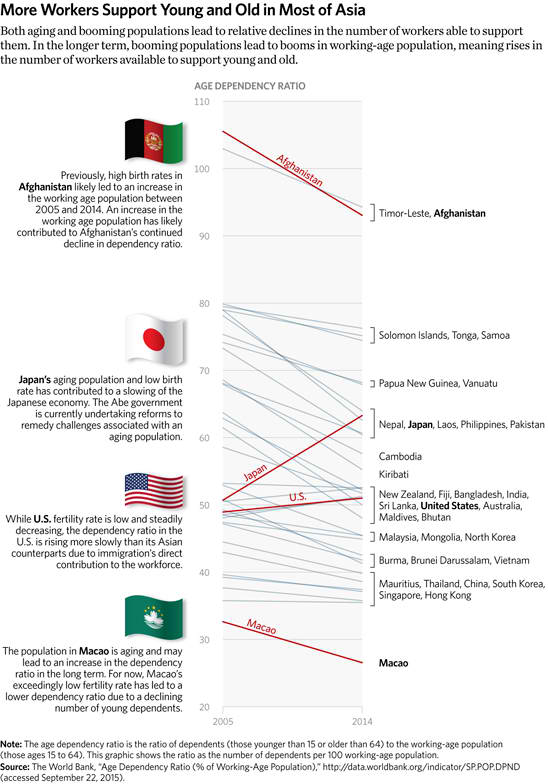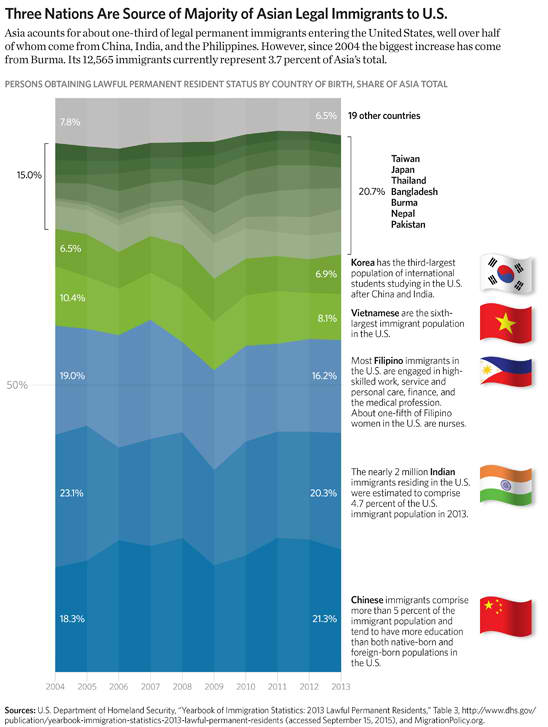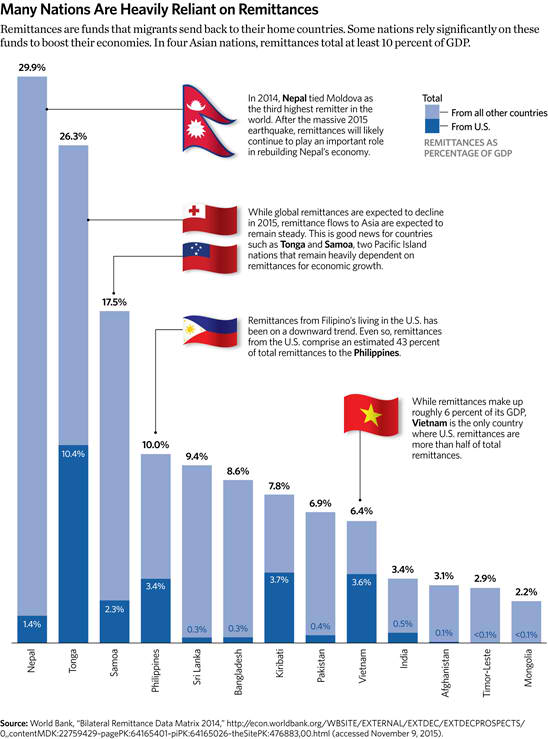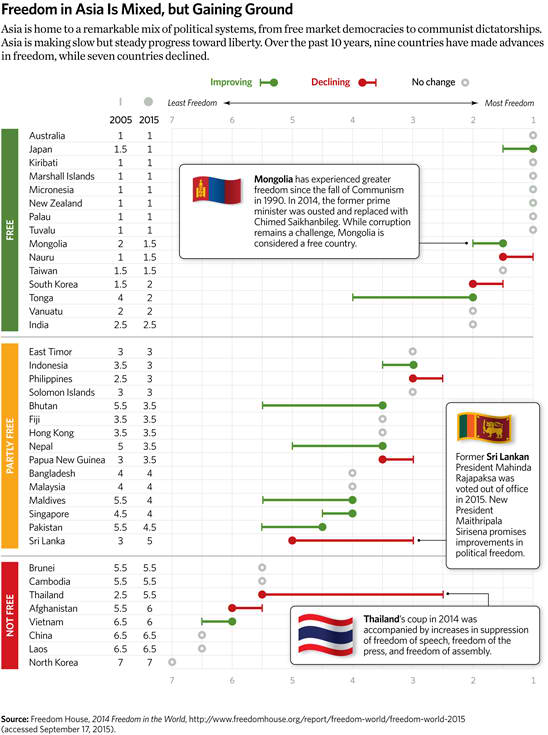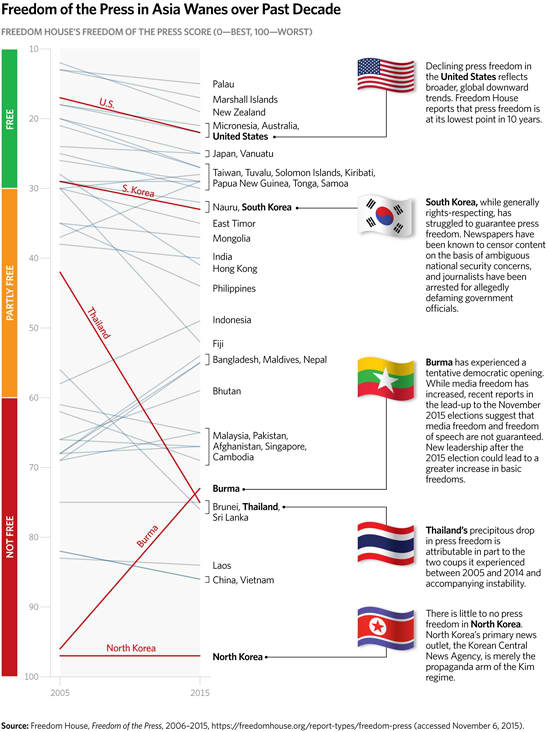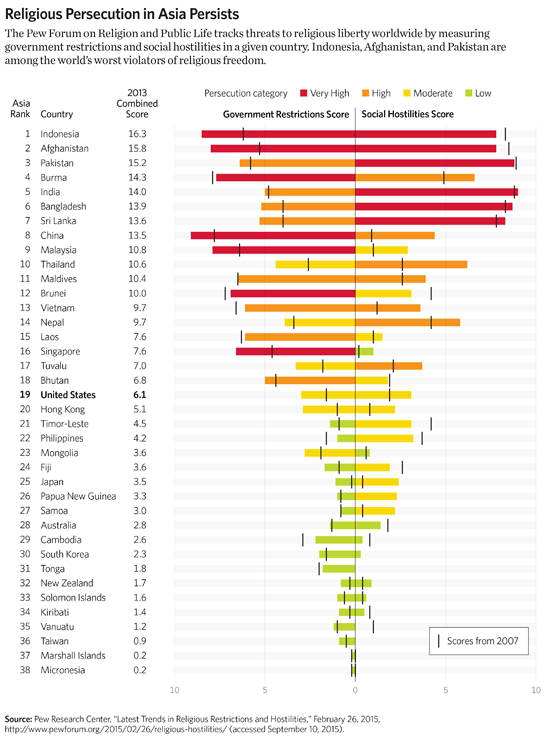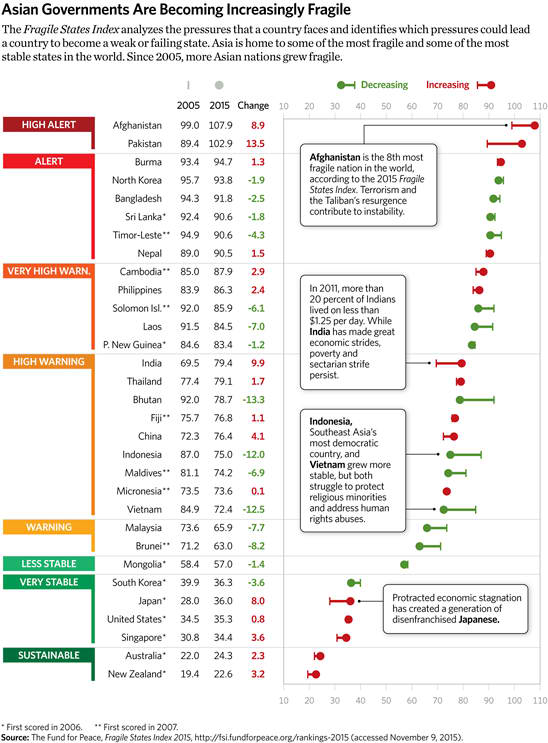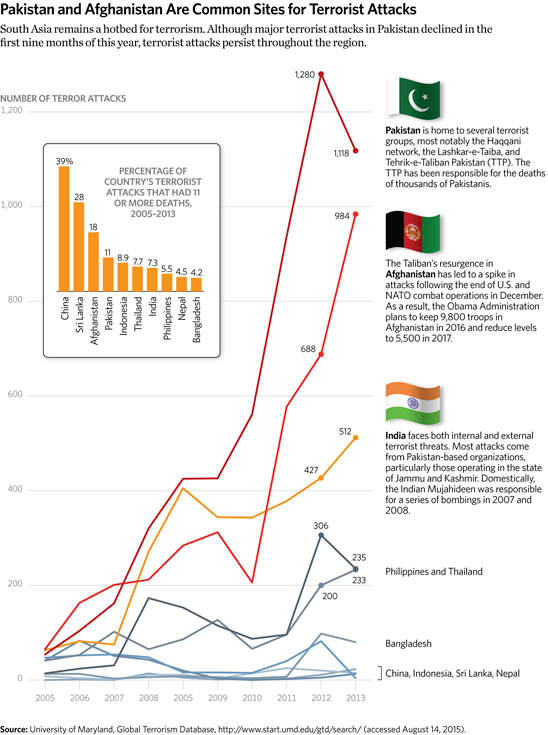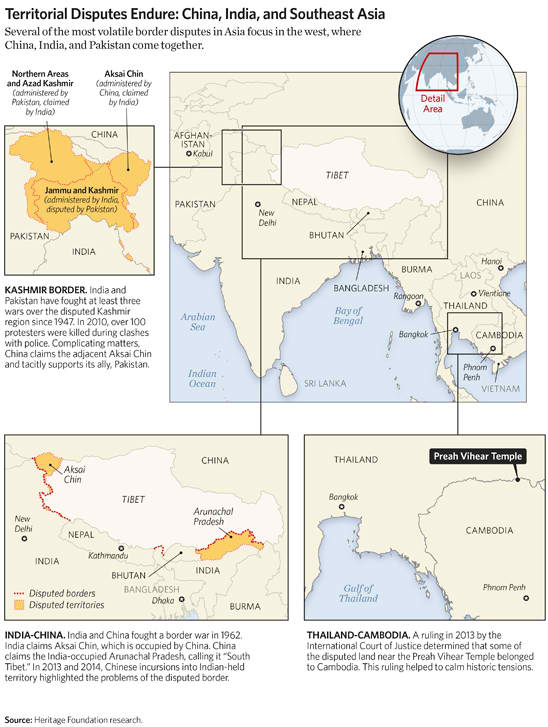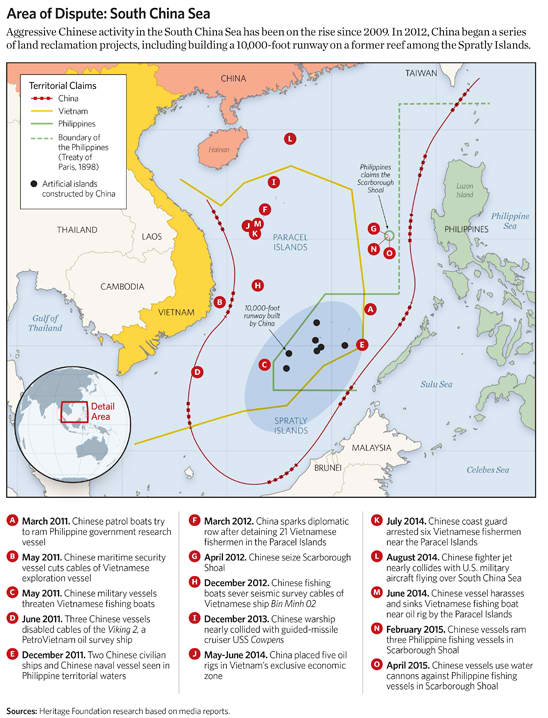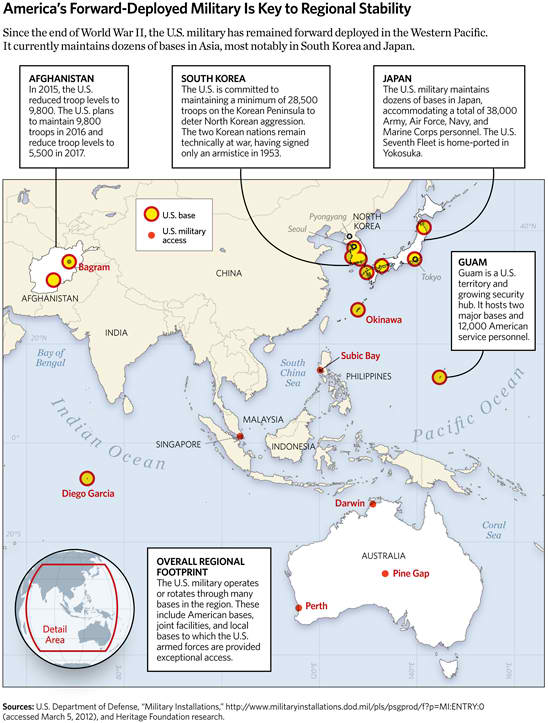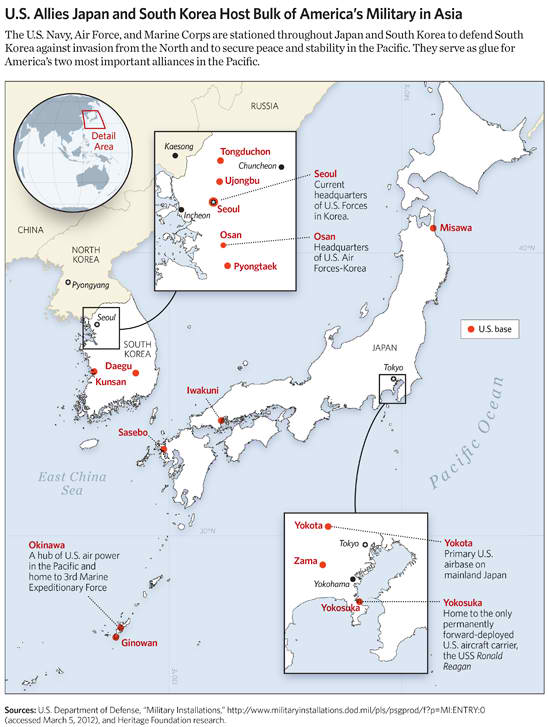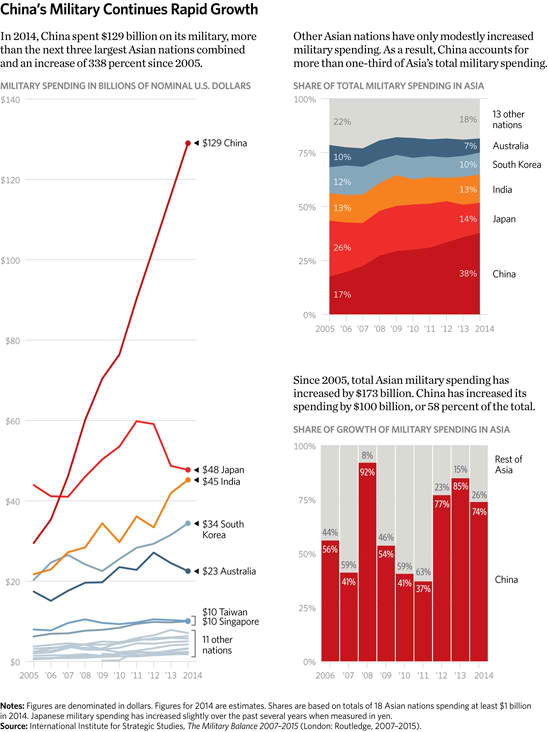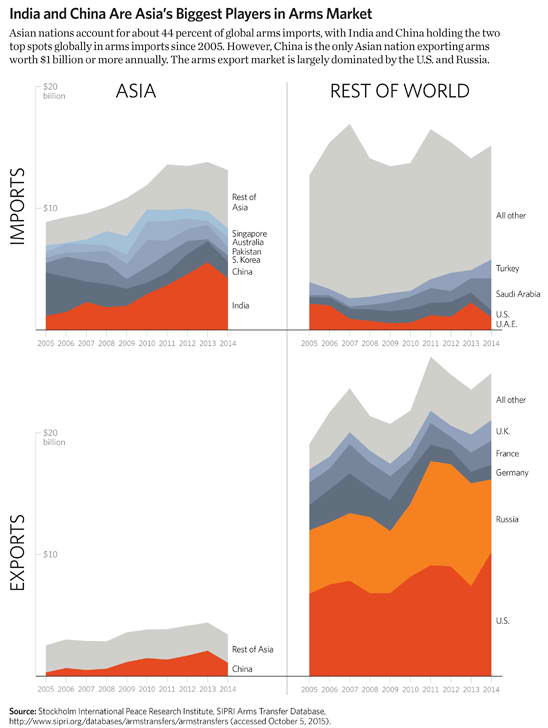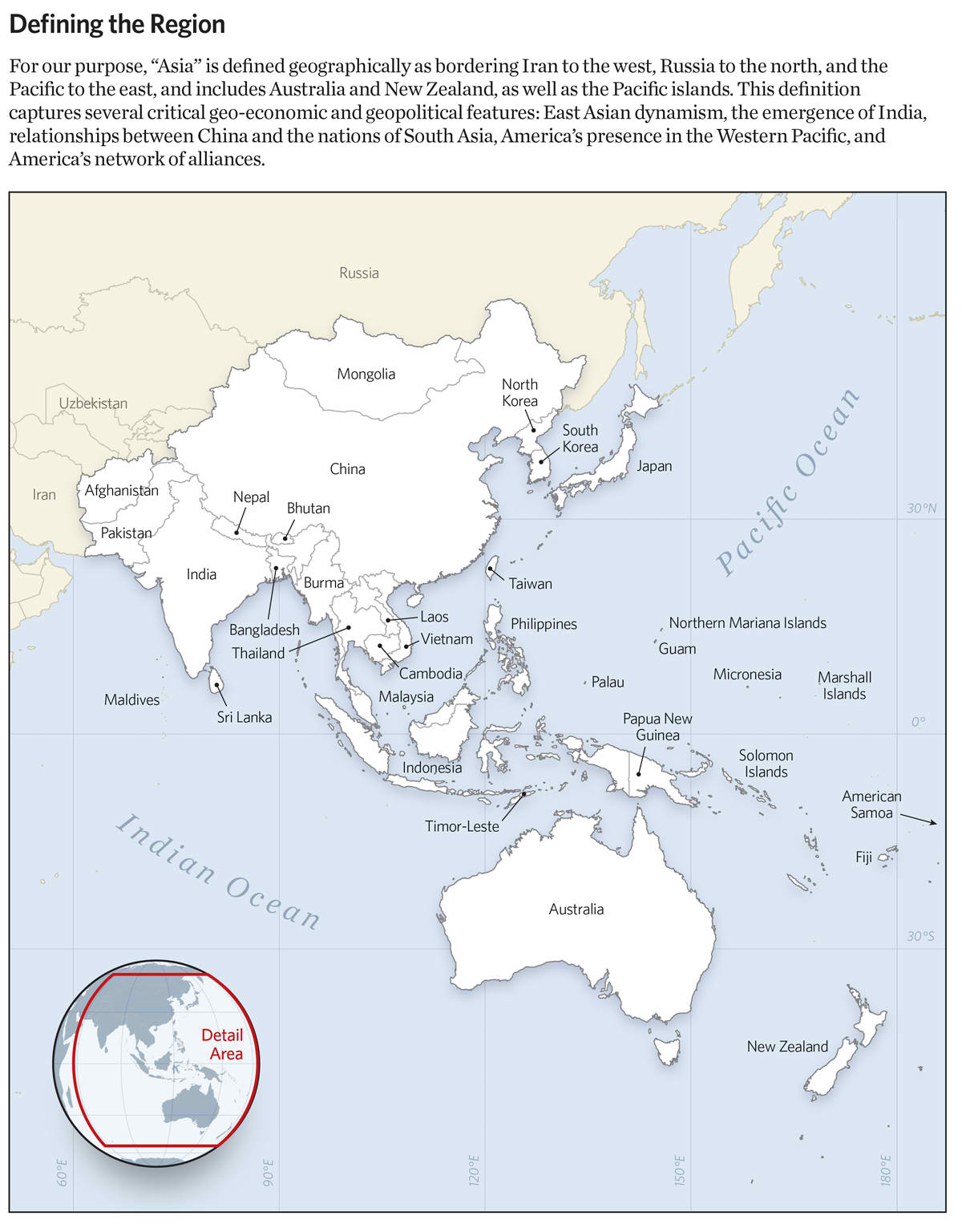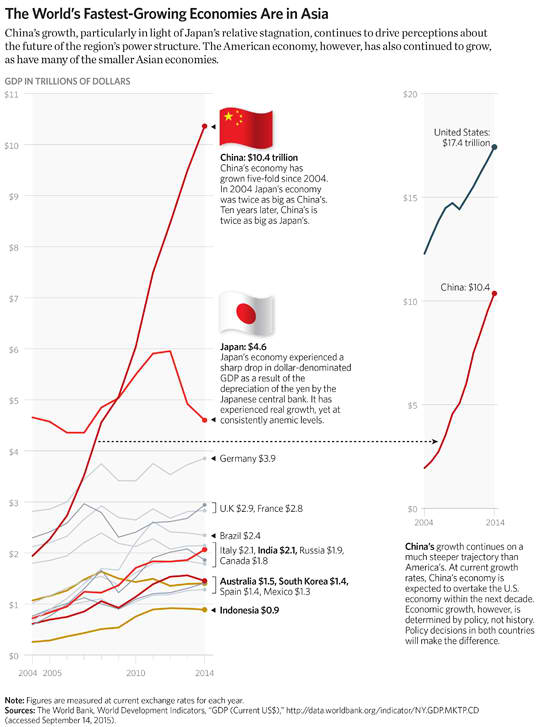The Asian Studies Center
America's Commitment to the Pacific
Previous editions of this product have illustrated America’s resident power status in Asia and the continuing, critical importance of its commitment to leadership there. They have sought to demonstrate in graphic fashion what is at stake for the U.S. from the economy to security to human liberty.
This year’s edition takes a step back and looks at the trends in these areas over the past 10 years to better understand how American interests are faring.
It is a mixed picture.
China’s rise and the challenges that it presents dominates the regional political, economic, and security environment. This rise, however, takes place as part of a dynamic broadly characterized by economic integration, geopolitical stability, and contested standards in areas of economic and political governance. America’s success in managing its interests in Asia, to include the “China challenge,” depends on this broader dynamic. It needs to deepen the first, maintain the second, and tilt the latter two toward liberalism.
Despite recent speed bumps, China’s economy continues to outpace the region in growth. China’s outward-bound investment continues to expand, and, over time, it has maintained a steady share of investment in U.S. government debt. It is also becoming a larger investor in the American domestic economy. The rest of the region, however, is not going away. Japan, while underperforming for many years in terms of economic growth, also invests heavily both in the government services the U.S. provides its citizens and the private American economy.
Others, like Hong Kong and Singapore, remain steady, free-market economic models.
Regarding liberal governance, the region is gaining, though very slowly. Setbacks in former democracies such as Thailand and general inertia in many other autocracies nearly balance out progress in places like Burma. Religious persecution is also stubbornly persistent, and press freedom has generally declined over the past 10 years.
Geopolitically, the region remains relatively stable, with the U.S. security presence the principle guarantor of that stability. However, terrorism, the fragility of key states, and territorial disputes remain long-term problems.
Many regional trends are heartening and there is reason to redouble efforts to effectuate positive, liberty-enhancing change. This year’s edition illustrates the enduring need for American leadership to forge and protect a regional order that will sustain America’s long-term interests.
